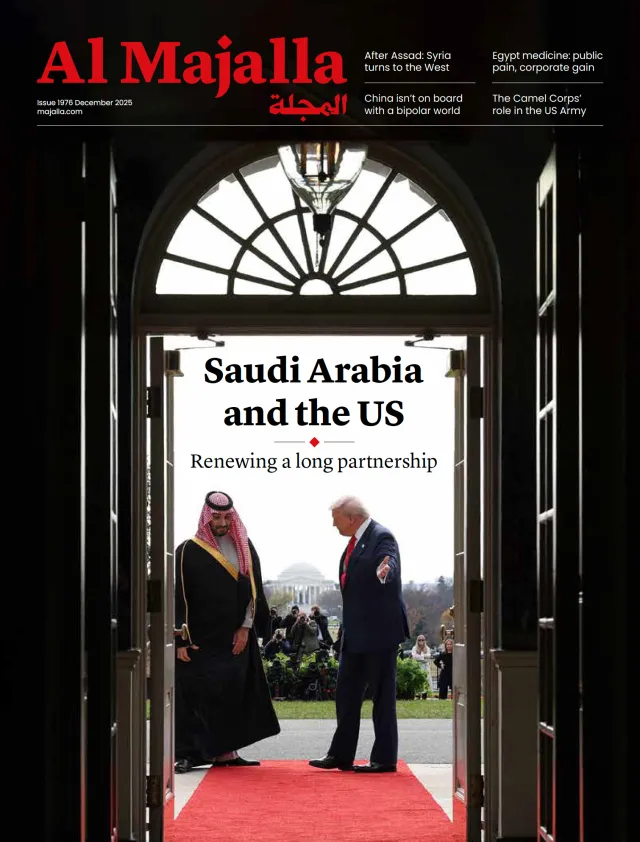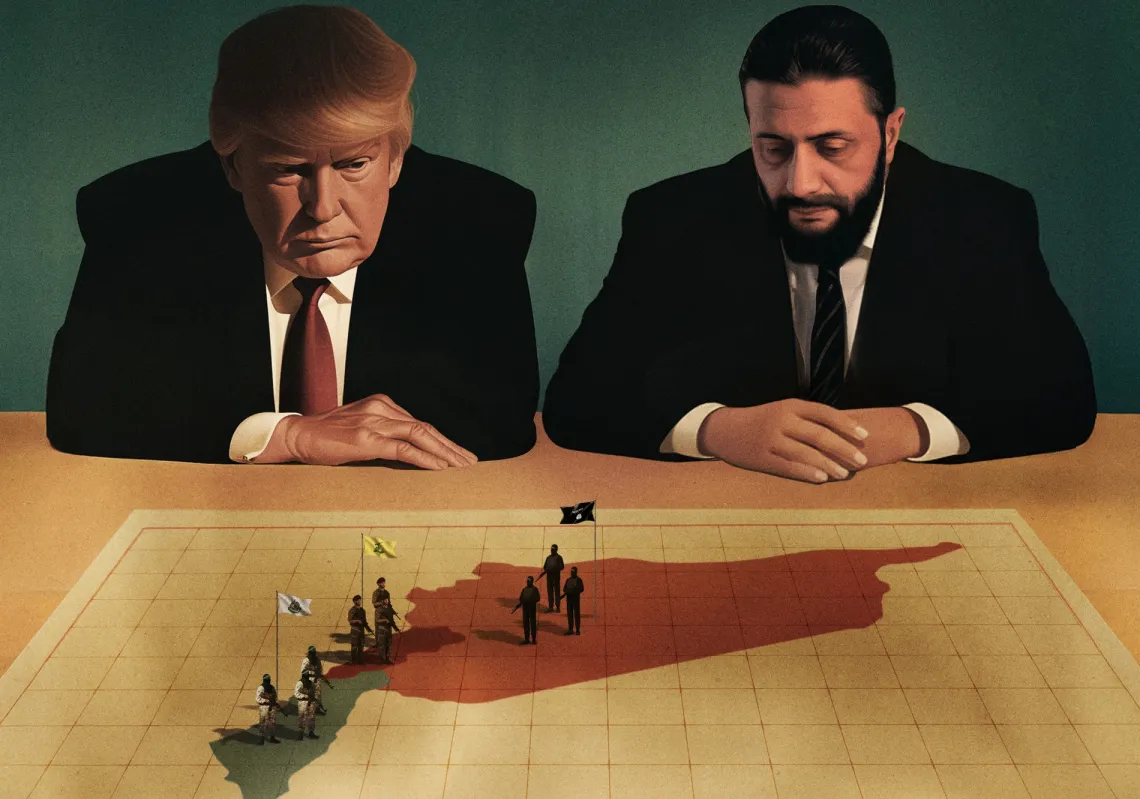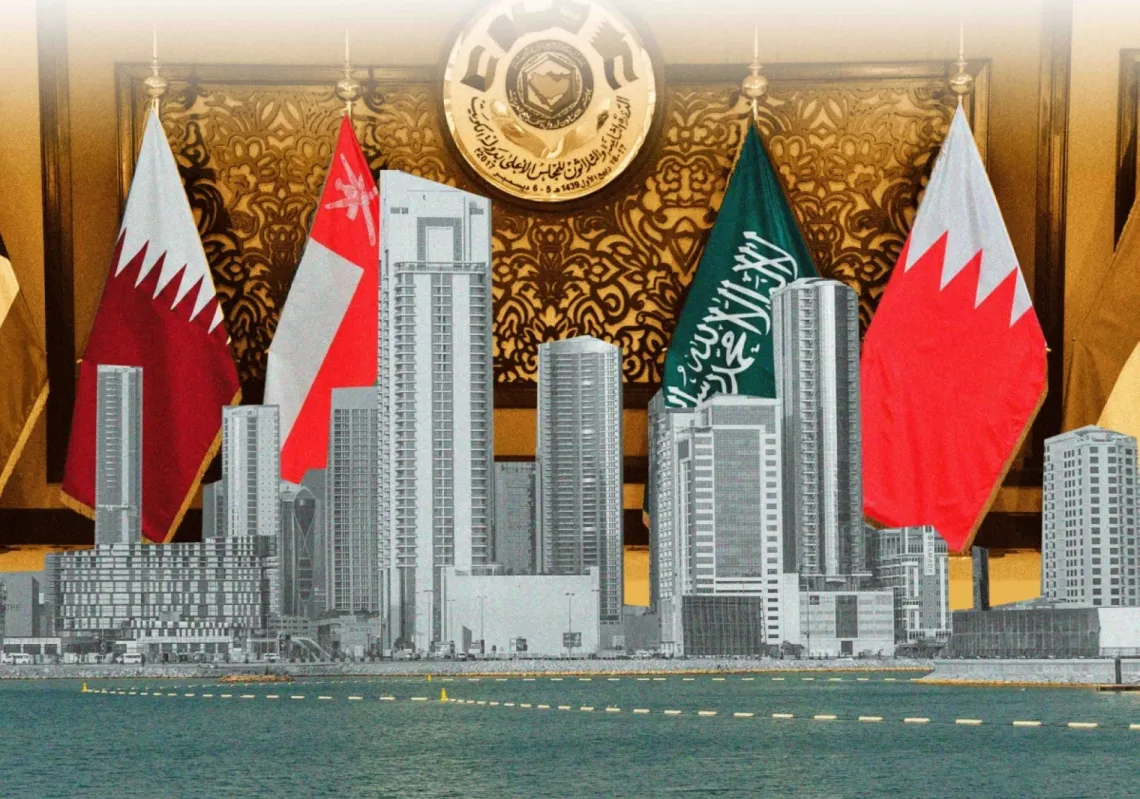A proposed framework for Israel and Hamas to implement a 60-day ceasefire with the support of US President Donald Trump, as well as Egypt and Qatar, has been much discussed in recent days, not least since Israel may agree to it. If both Israel and Hamas formally endorse the proposal, President Trump would commit to pursuing a final resolution to the conflict.
The document stipulates the need for long-term security arrangements within the Gaza Strip and the redeployment of Israeli forces in its northern and southern regions, with a full withdrawal to follow if a permanent ceasefire is reached.
Hamas’s official response to the Witkoff document, submitted to the mediators, centres on securing a permanent ceasefire, ensuring the continuous flow of humanitarian aid into Gaza, and achieving a full Israeli withdrawal from the territory.
Hamas submitted its response on Saturday. Below is the full text of the document, followed by Hamas’s response.
Witkoff Paper
Framework for negotiating a permanent ceasefire agreement
1. Duration: A ceasefire for 60 days. President Trump guarantees Israel’s compliance with the ceasefire for the agreed-upon period.
2. Release of Hostages: Ten living individuals and 18 deceased hostages will be released in two phases from the "List of 58 Hostages" submitted by Israel. The first phase, taking place on Day One of the agreement, will involve the release of five living hostages and nine deceased. The second phase, scheduled for Day Seven, will see the release of the remaining five living hostages and nine deceased. This phased approach is intended to coincide with the outset and midpoint of the initial ceasefire period, serving as a mechanism to build and reinforce mutual confidence between the parties.
3. Humanitarian Aid: Aid will be delivered to Gaza immediately upon Hamas’s approval of the ceasefire agreement. Any agreement on humanitarian assistance for civilians will be respected throughout the duration of the ceasefire. Aid will be distributed through agreed-upon channels, including the United Nations and the Red Crescent.
4. Israeli Military Activities: All Israeli offensive military operations in Gaza will cease upon the entry into force of this agreement. During the ceasefire, aerial (military and reconnaissance) flights over the Gaza Strip will be suspended for 10 hours daily, or 12 hours daily on days of prisoner and missing persons exchanges.
















